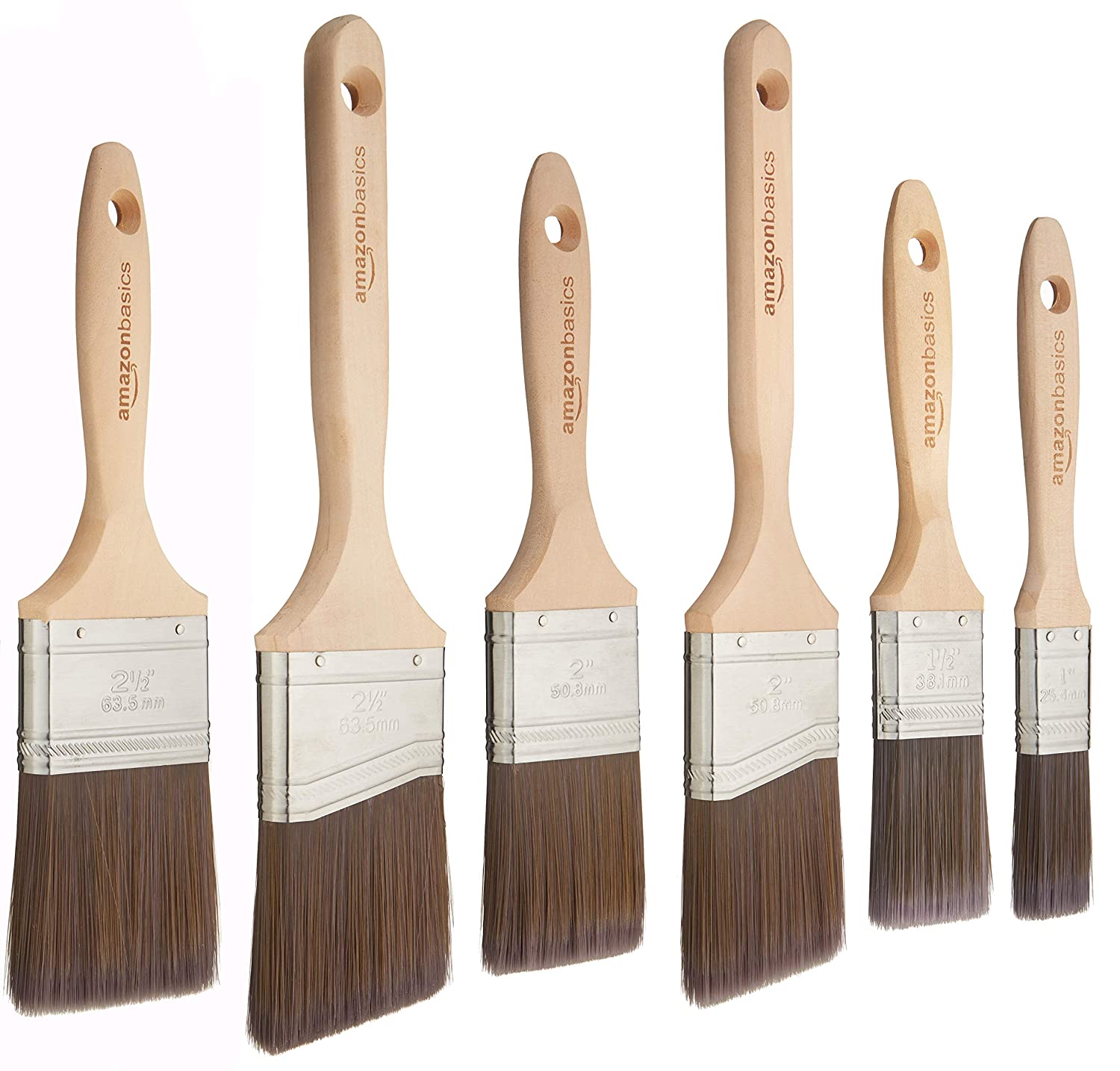5 ways to decorate a room with a single can of paint that prove a little can go a long way
Even if you don't have enough paint for every wall you can still get creative with your paint ideas, and they could even make your small space seem bigger

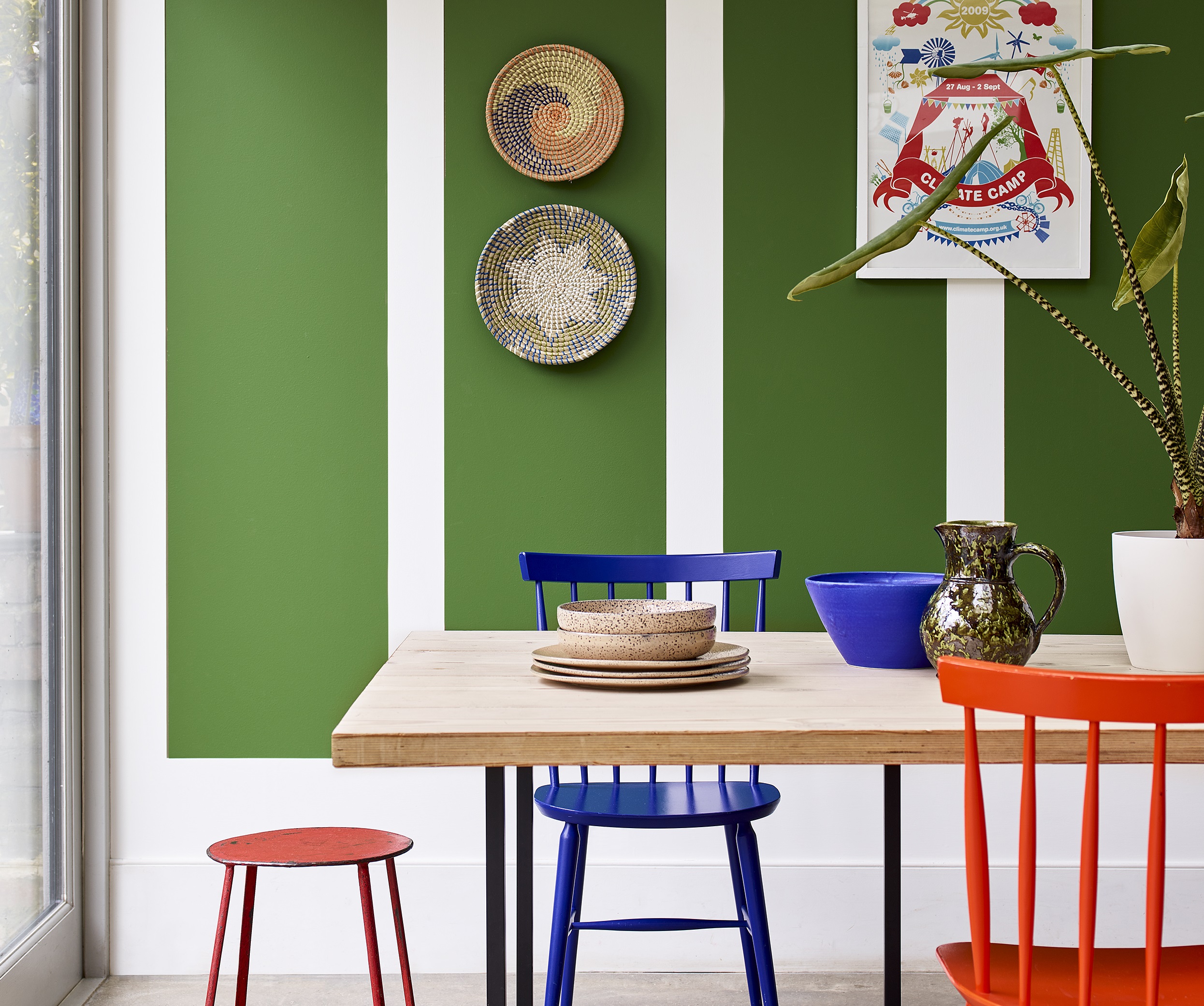
Be it a limited budget or merely a case of convenience, sometimes one can of paint is all you have to work with, but don't let it stand in the way. You can easily decorate a space with just a single can of paint, and it could be the perfect way to play around with perspective in your home. After all, painting all four walls is a thing of the past.
From feature walls that add focal points to clever color blocking concepts, there are plenty of paint ideas that don't require more than a single pot of paint (and in many cases, even less). The trick is knowing a thing or two about how color and creativity work in tandem to maximize your space.
'A single can of paint for painting all four walls in a room could seem insufficient but if used wisely, it can easily refresh the whole space,' says Sarah Lloyd, a paint expert at Valspar. Here she suggests some simple hacks that promise to transform your entire space using just one tin of paint.

Lilith is an expert at following news and trends across the world of interior design. She regularly shares color stories with readers to help them make the most of their space. For this article, she spoke with interior designers and paint experts to learn more about decorating a space with just a single can of paint.
1. Be frugal with a feature wall
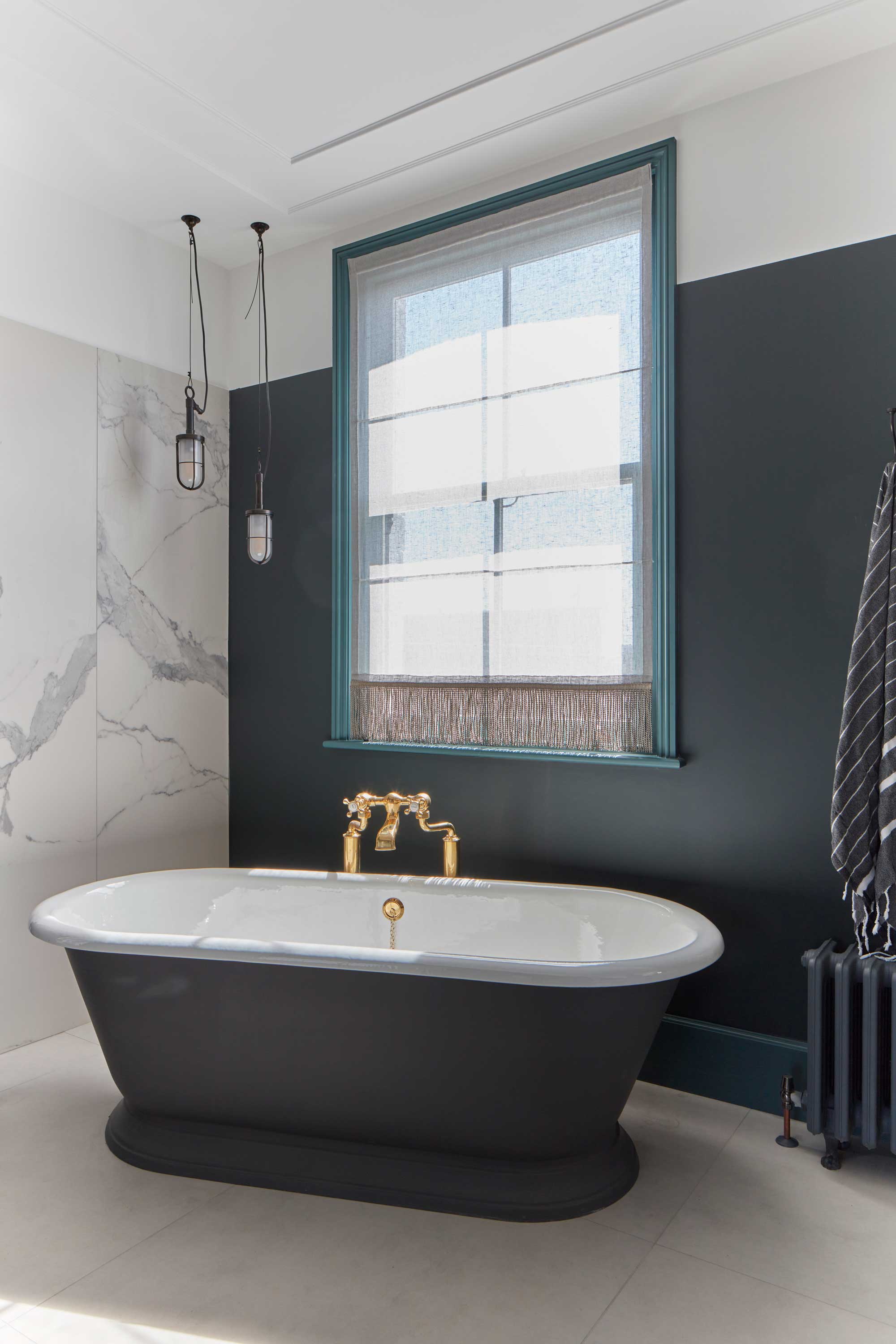
For the easiest accent wall, reserve your single tin of paint for just one wall. It's one of the oldest tricks in the book, but this nifty decorating idea is the perfect way to introduce a focal point to your space. For larger rooms, a single painted wall can also help compress the space and make it feel more intimate.
'A feature wall can transform any space by injecting a bit of color into it while also making other features in the room pop, and it doesn’t require much paint at all,' says Sarah from Valspar. 'As its name suggests, an accent wall draws the eye to a central focal point, so you should use it to emphasize features in the room that already exist. This could be something like a fireplace, a TV, the dining table or the headboard in your bedroom.'
'The rule of a feature wall is it should generally be the wall that your eye is drawn to upon entering the room or the wall that you'd prefer the eye to be drawn to,' adds Tila Lee, owner of Pretty in Paint School. 'I am also a big fan of doing feature walls on unique walls or areas to accentuate their design.'
A single painted feature wall can also be a useful way to emphasize and divide living areas, too. 'If you have an open plan living room and kitchen, feature walls can help divide spaces and make it clear where the cooking space ends and the living room begins,' says Sarah.
The Livingetc newsletters are your inside source for what’s shaping interiors now - and what’s next. Discover trend forecasts, smart style ideas, and curated shopping inspiration that brings design to life. Subscribe today and stay ahead of the curve.
2. Half-paint your walls

Another paint technique that's soared in popularity lately is the half-painted wall. The idea is pretty self-explanatory. You simply use your chosen color to decorate part of the way up your wall. It doesn't need to be precisely halfway - you could go all the way up to your picture rails if you have them - the most crucial part it just to leave the upper portion of the walls neutral.
'You can choose to color match the floor or to go with a contrasting tone, regardless leaving the ceiling and the upper part of the walls lighter will make the room look higher and brighter,' says Sarah. This makes this idea especially useful for homes with unusually low ceilings to give the illusion of more height by blending the walls and ceiling.
'When choosing the height of your trim, consider the elements that are already fixed in your room,' Sarah adds. 'For example, line it up with the bottom of the cabinets in a kitchen or the back of the sofa in a living room. You can even add a sense of drama to the hallway by painting the bottom of the walls dark and hanging frames in the part above.' If you're worried about running out of paint, make sure you start at the halfway point.
3. Play with shapes
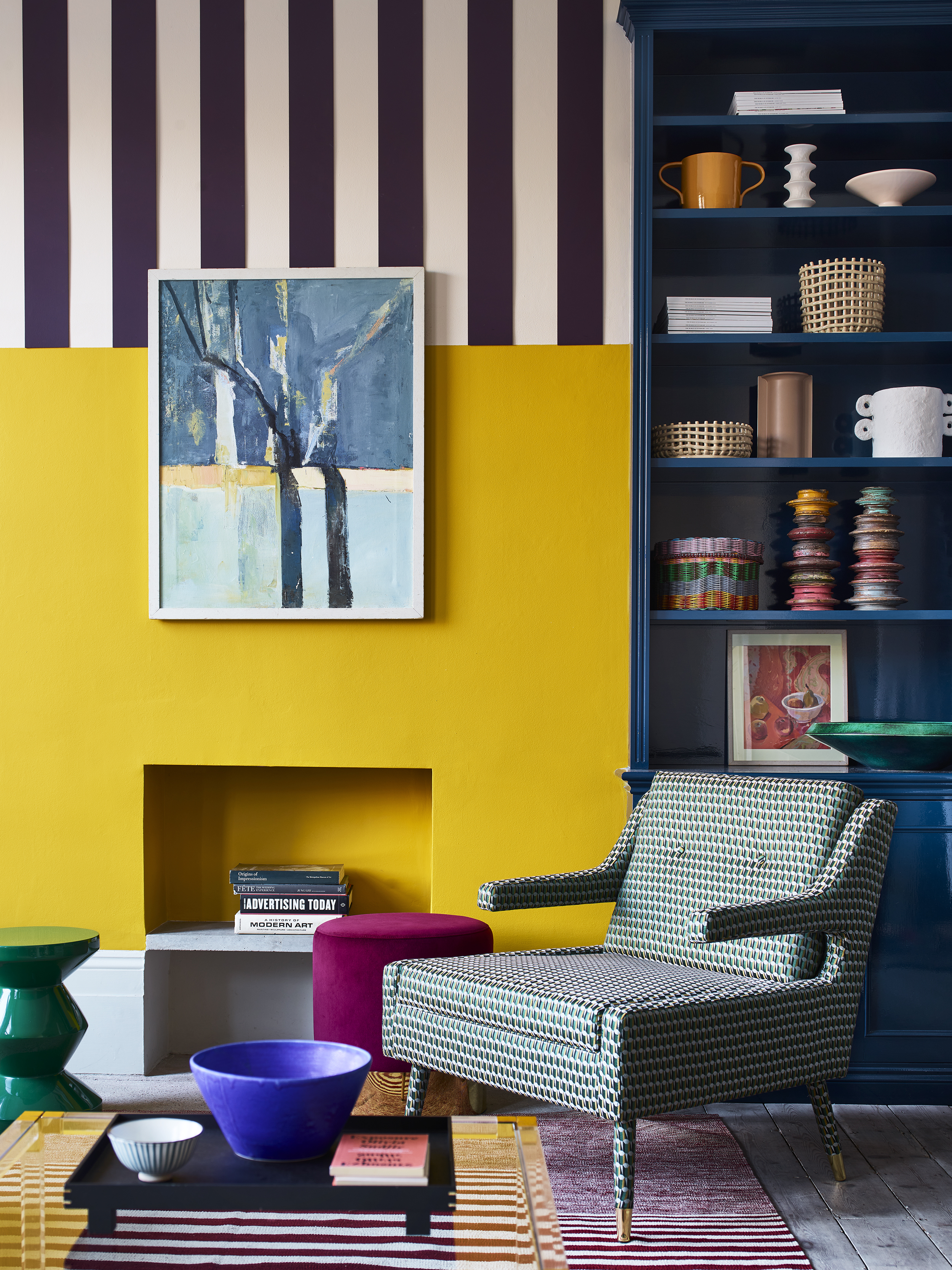
Whether smoothed curves or sharp lines, the most modern interior design ideas embrace shapes. If the architectural features of your home don't allow for this, you can easily channel it through your paint ideas, and often a single can of paint will do.
'A fun way of using just one gallon of paint to decorate a space is to use a color complimentary to what's already on the walls and create a fun pattern,' says Tila. This could be zig-zag lines around the perimeter of your room or a simple vertical striped design. If you have other leftover colors to work with, Sarah recommends geometric shapes to add some character to your space while introducing bright or clashing shades in a more organized way.
'When it comes to painting tips, as with any DIY project just make sure that you’ve covered surfaces and used painter's tape to protect fittings you don’t want to get paint on,' Sarah adds.
4. Focus on framing
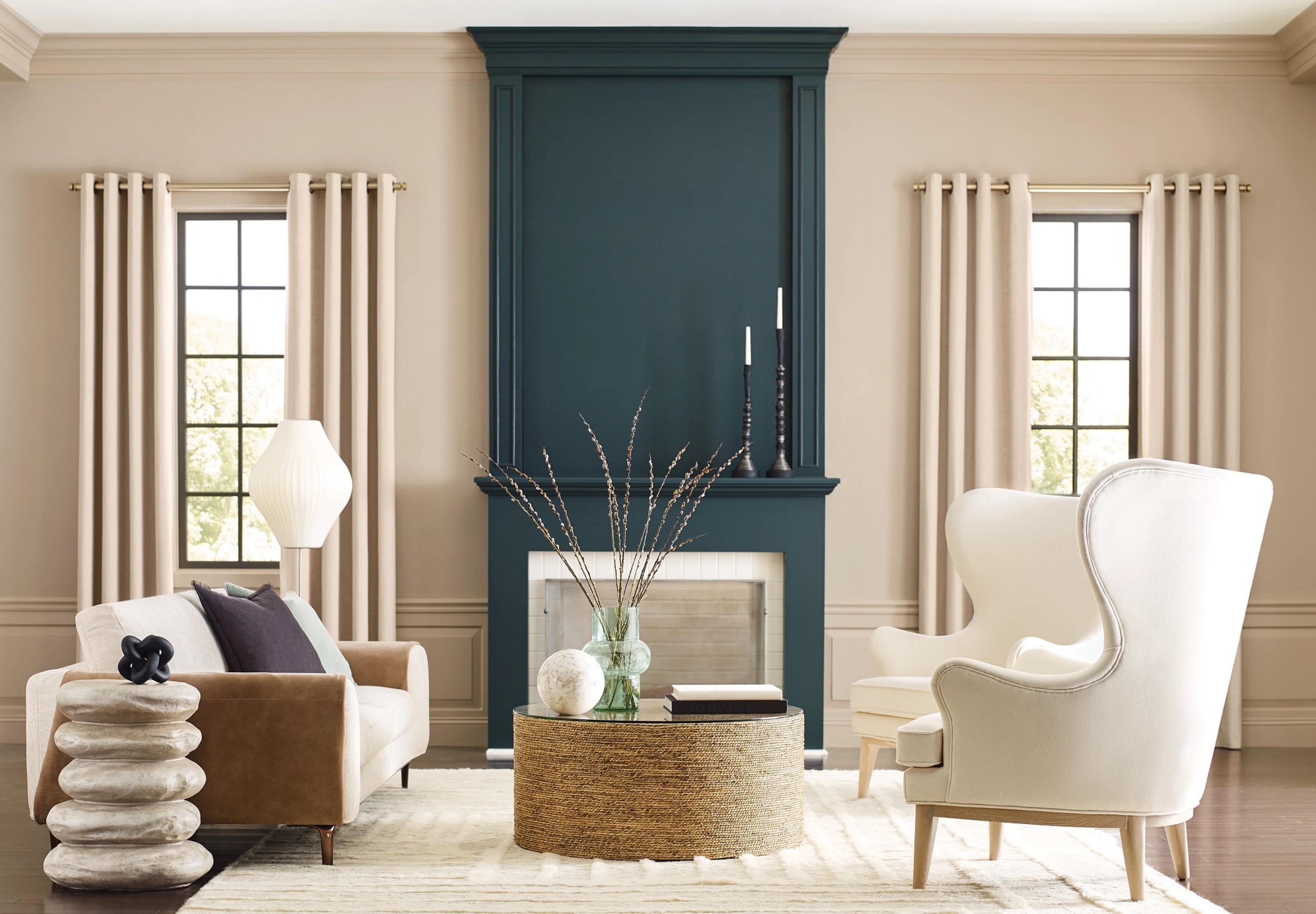
If you're lucky enough to have a period home, there are probably some features worthy of highlighting. Whether it's coffered molding or an ornate fireplace, you can use your chosen hue to accentuate these details. It's all about emphasizing depth and dimension by making features appear to recede or advance.
'Painting the architectural frames in your room – such as columns, pillars and arches - in bold, contrasting colors can seriously change the entire mood of a room,' Sarah explains. 'Using a small tin of paint in vivid, or even soft pastel colors - like earthy orange, pastel pink or sunny yellow - against dark greys or inky navy blues, will make your frames pop and totally transform the room with minimal effort.'
5. Don't forget about the fifth wall
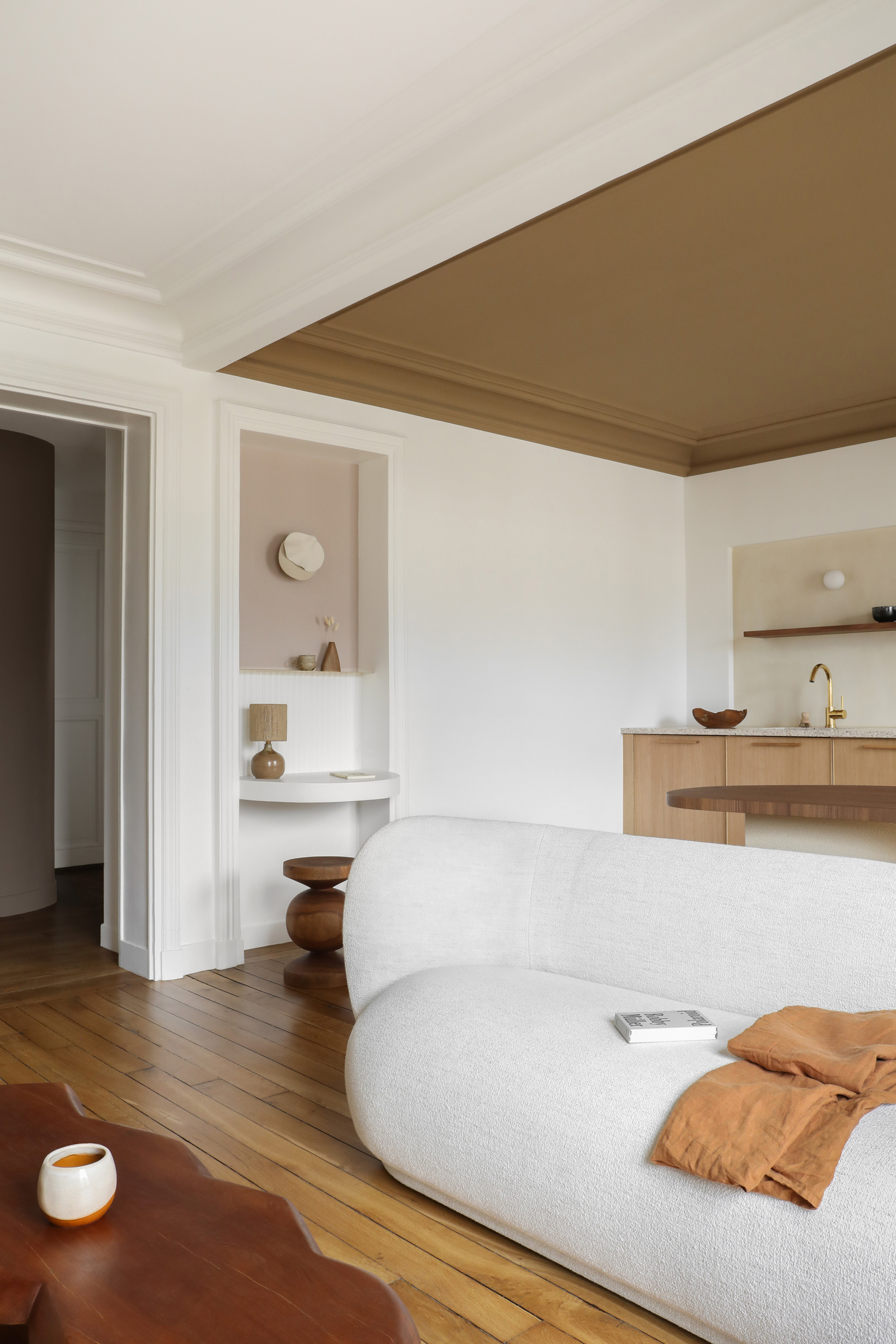
Painting the ceiling is nothing new, but the power it holds is often underestimated. While many of us are hesitant to add color to the fifth wall, it can do wonders for your space when it comes to playing with perception.
'Painting the upper half of your room will play with its proportions,' says Sarah. 'A high ceiling is usually a great thing but less so in a narrow hallway so, to bring the ceiling height down, choose a tone darker than the shade of the walls and continue down onto the walls to reduce the sense of height and bring interest to the space as a whole.'
'Another option is to paint a ceiling an accent color that is used in the furniture design of the room or possibly that is used as a feature wall in another room of the home,' suggests Tila. 'My advice would be not to create a ceiling feature if the ceiling is textured; it's best executed on flat ceilings.'
It takes some courage to commit to this idea but you're sure to love the cozy effect of the finished result. Plus, since it only took one tin of paint, there's really nothing to lose!
You can always save your paint for touch ups instead
If you have a left over tin of paint after overbuying, the most sensibly decision might be to save it for touch ups. 'From stains, chips, dents, and dings—the paint on your interior walls endures a lot,' says Matt Kunz, President of Five Star Painting, a Neighborly company. 'Even the newest of homes can have flaws and imperfections and over the years, normal wear and tear can leave dents and marks on your walls. Interior painting can help remove any blemishes and make your home look fresh and clean.'
Essential painting supplies
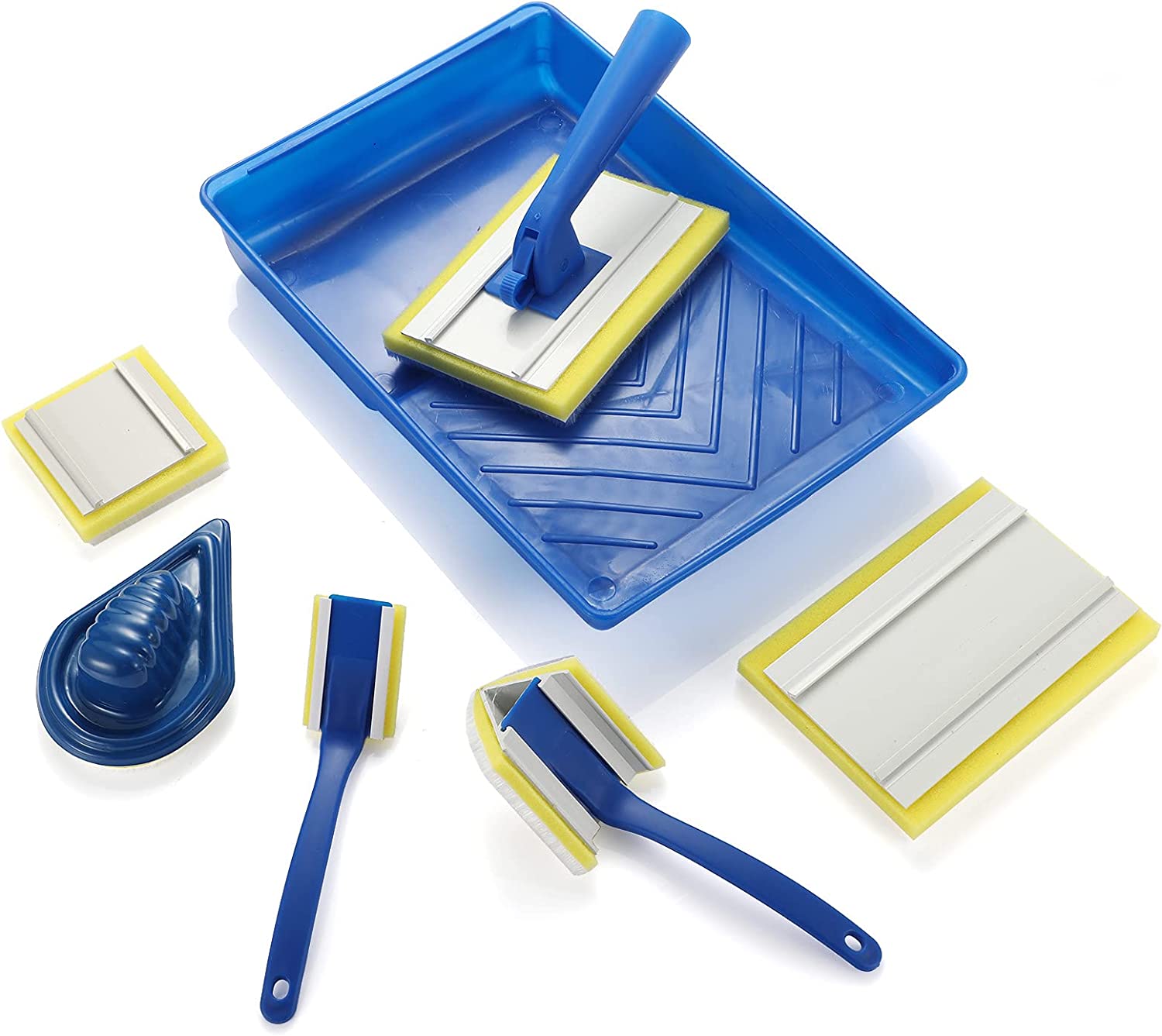
For precise lines, this paint pad set from Amazon might be the best option. Painting pads are lighter and easier to use than a roller or brush as the fabric pad delivers a smooth even paint finish. This set includes an edge painting tool, an angled corner pad and an attachment for your extension pole.

Lilith Hudson is a freelance writer and regular contributor to Livingetc. She holds an MA in Magazine Journalism from City, University of London, and has written for various titles including Homes & Gardens, House Beautiful, Advnture, the Saturday Times Magazine, Evening Standard, DJ Mag, Metro, and The Simple Things Magazine.
Prior to going freelance, Lilith was the News and Trends Editor at Livingetc. It was a role that helped her develop a keen eye for spotting all the latest micro-trends, interior hacks, and viral decor must-haves you need in your home. With a constant ear to the ground on the design scene, she's ahead of the curve when it comes to the latest color that's sweeping interiors or the hot new style to decorate our homes.
